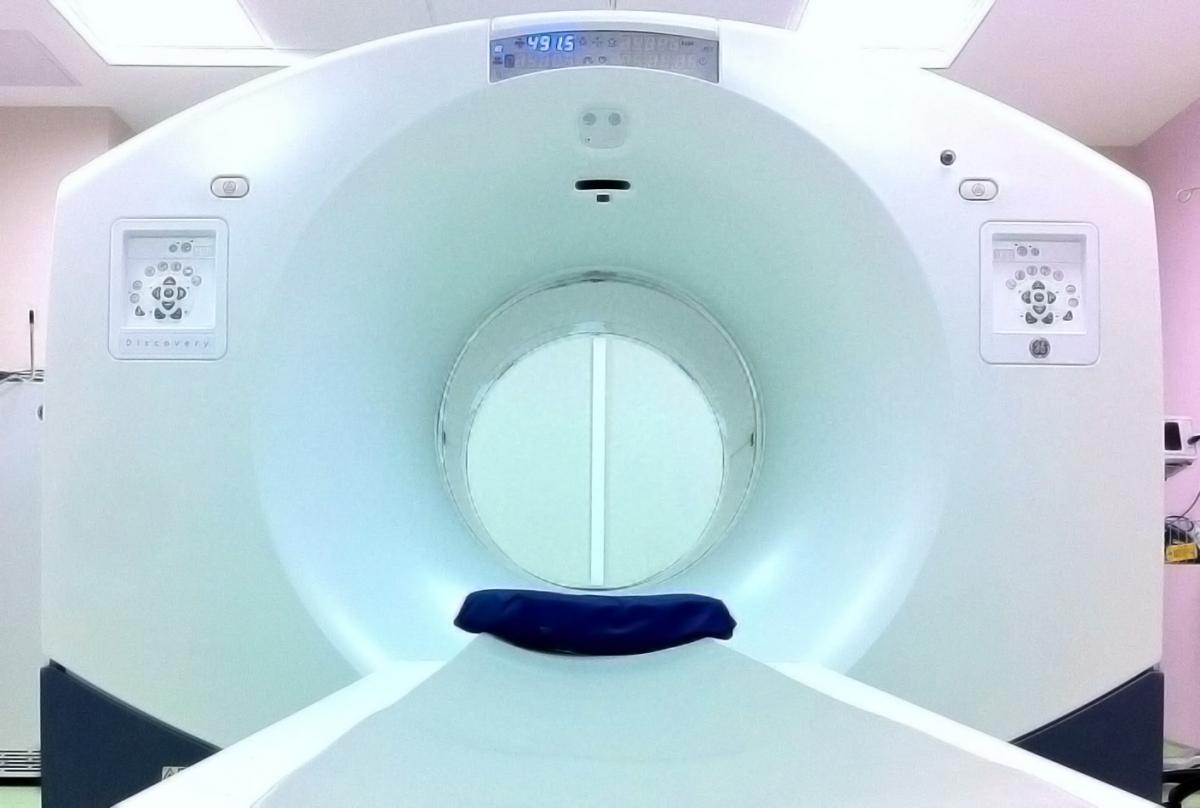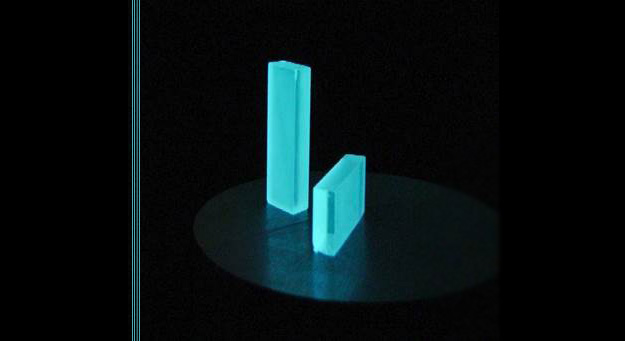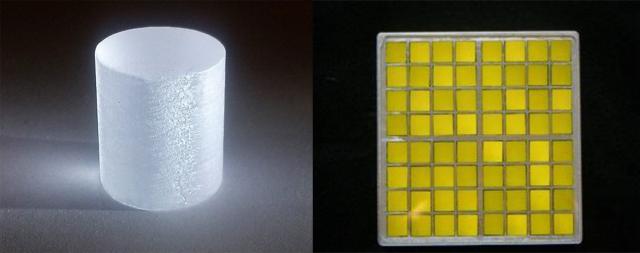March 21, 2023 - Scintillation Crystals for PET: What You Need to Know
Positron Emission Tomography (PET) is a medical imaging technique that uses radioactive tracers to produce images of organs and tissues inside the body. It is a powerful diagnostic tool that helps physicians detect and diagnose diseases such as cancer, heart disease, and neurological disorders. Scintillation crystals play a crucial role in the PET imaging process.

What are Scintillation Crystals?
Scintillation crystals are materials that emit light when they are exposed to radiation. In PET imaging, scintillation crystals are used to detect the gamma rays emitted by the radioactive tracers used in the procedure. When a gamma ray interacts with a scintillation crystal, it produces a burst of light that is detected by a photodetector. The photodetector then converts the light into an electrical signal, which is used to create the PET image.
Types of Scintillation Crystals Used in PET
There are several types of scintillation crystals that are commonly used in PET imaging. The most commonly used scintillation crystals are made of bismuth germanate (BGO) and lutetium oxyorthosilicate (LSO).
Bismuth Germanate (BGO) Crystals
BGO crystals have been used in PET imaging for over 30 years. They are known for their high light output and excellent energy resolution, which makes them well-suited for use in PET detectors. BGO crystals are also relatively inexpensive and have a long lifespan.

Lutetium Oxyorthosilicate (LSO) Crystals
LSO crystals are a more recent development in the field of PET imaging. They offer several advantages over BGO crystals, including higher light output, better energy resolution, and faster decay time. These properties make LSO crystals well-suited for use in high-resolution PET detectors.
Other Types of Scintillation Crystals
Other types of scintillation crystals that are sometimes used in PET imaging include:
- Lutetium-yttrium oxyorthosilicate (LYSO) crystals, which are similar to LSO crystals but have a higher density and better energy resolution.
- Sodium iodide (NaI) crystals, have been used in PET imaging in the past but have largely been replaced by newer scintillation crystals due to their lower light output and poorer energy resolution.
Advantages of Scintillation Crystals in PET Imaging
Scintillation crystals offer several advantages over other types of radiation detectors, including:
- High sensitivity: Scintillation crystals are highly sensitive to radiation, which allows them to detect even small amounts of radioactive material.
- High energy resolution: Scintillation crystals can distinguish between different types of radiation based on their energy levels, which allows for more accurate detection and measurement of radioactive tracers in PET imaging.
- Fast response time: Scintillation crystals produce light almost immediately when they are exposed to radiation, which allows for real-time imaging in PET scans.
- Low noise: Scintillation crystals produce very little background noise, which helps to improve the signal-to-noise ratio in PET imaging.
Scintillation crystals play a crucial role in PET imaging, allowing physicians to detect and diagnose diseases with greater accuracy and precision. While there are several types of scintillation crystals used in PET imaging, BGO and LSO crystals are the most commonly used due to their high sensitivity, energy resolution, and fast response time. As PET technology continues to advance, it is likely that new types of scintillation crystals will be developed that offer even greater sensitivity and accuracy in medical imaging. If you're interested in learning more about scintillation crystals and detectors, click here to check out all the products we offer at our website.

